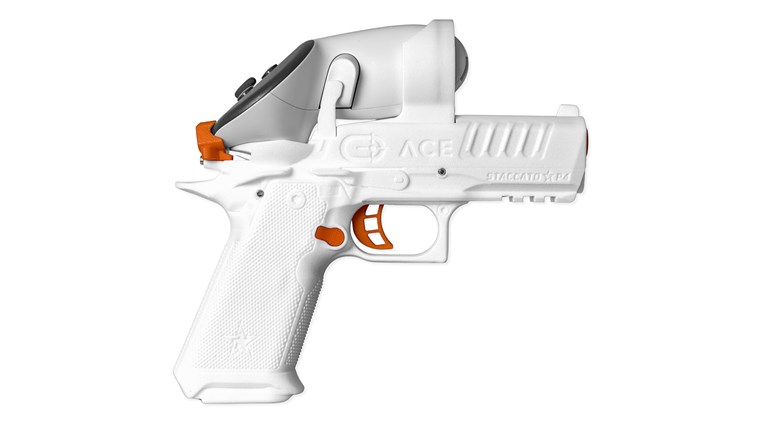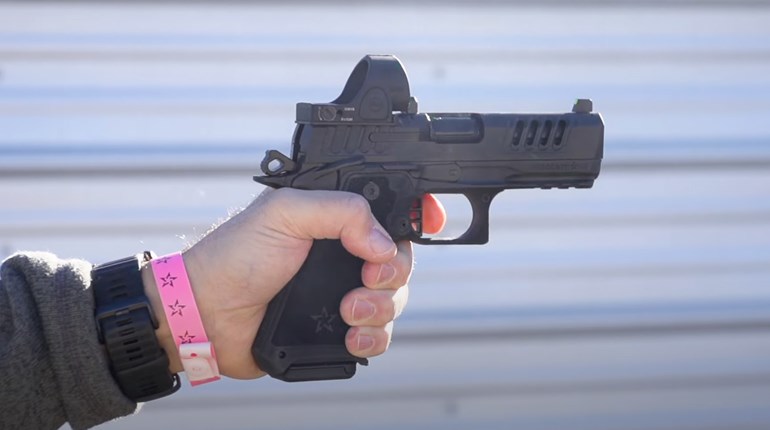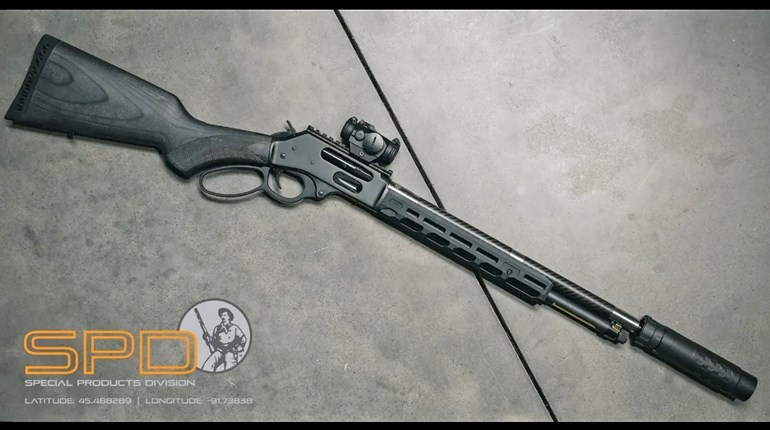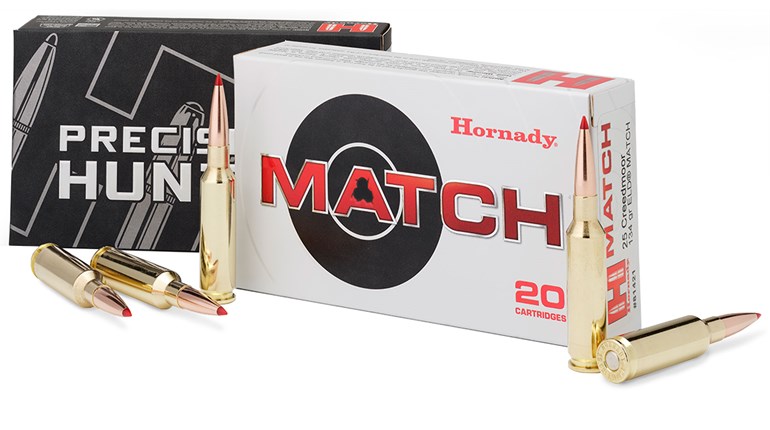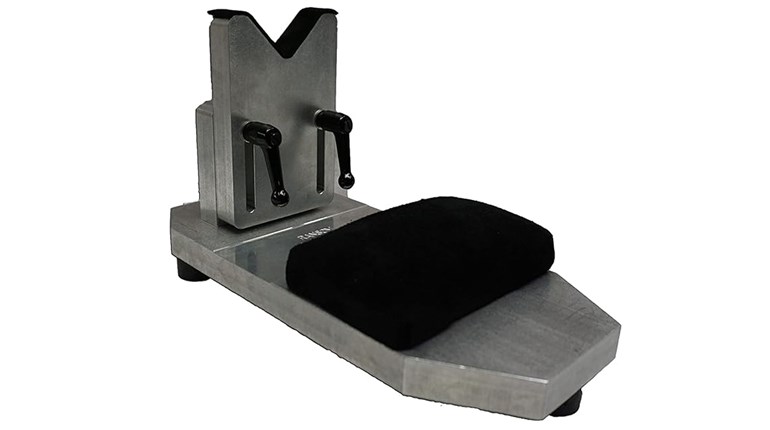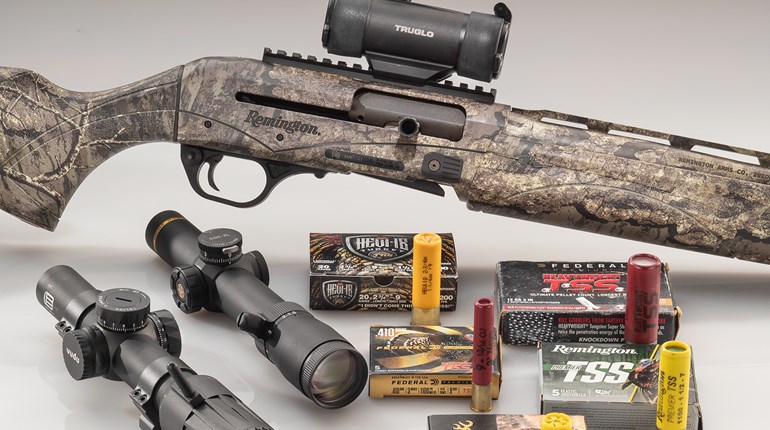
Sighting technology is, for the most part, mature. We’ve had magnified optics for decades bordering on centuries, now. Red-dot sights are newer, but have still had several decades over which to reach equilibrium between price and performance. Newer still are infrared, light-amplification and thermal imaging, which—though in use with our Armed Forces for many years—are in the nascent phase of technological acceptance.
With that in mind, the Leupold LTO Tracker thermal imager is a hearty step in the right direction. It’s small, light, easily portable and runs on a single CR123 battery, a far cry from the days of needing a backpack full of batteries to run a device like a laser sight. While the hand-held units we’re seeing right now might appear limited in use, the technology is just barely getting started, and it’s quite likely we’ll see an explosion in thermal-imaging devices in the coming years.
Ten years ago, a thermal-imaging device the size of a flashlight would have cost about as much as a good used car. Five years ago, it would still have been several thousand dollars. While the MSRP of $875 may seem high, for the level of technology crammed into the LTO it is quite astonishing. All this in a device that fits in a pocket? Combine that with multiple output options and a long runtime, and consider that the “street price” should wind up in the low $700s, and the LTO becomes a more approachable tool.
Leupold claims the LTO’s thermal-imaging capabilities work out to 600 yards, and we tested it at approximately 120 yards to find it capable of distinguishing a vaguely humanoid object on a winter afternoon in Virginia. Realistic identification in daylight at an ambient temperature around 50 degrees Fahrenheit was possible out to 50 to 75 yards. Also, be aware that all thermal imagers extant cannot detect heat signatures through glass—it’s a limitation of the technology, not the LTO.

You might wonder what use a hand-held thermal imager would have in the realm of self-defense, and that’s a valid question. For the hunters out there, having a small, light device that can “find” game in the dark or in heavy brush is invaluable; for the home defender it’s a tougher sell. However, if you hear a crash in the backyard, a quick glance through the LTO will let you know if it’s a raccoon getting into your trash cans or a bipedal interloper that requires a call to 911. Don’t rely on it for threat-identification, though: At backyard distances, you’ll be able to tell a human from a deer, but that’s about the extent of the resolution.
Six color palettes are available, all selected through a single push of one of three control buttons: White (where heat shows up as white against a grayish/black background), black, Hi-white (where heat signatures are highlighted with varying levels of red/orange), Hi-black, red and green (these last two are useful in low-light scenarios where a bright screen would draw too much attention or lower visual acuity in darkness).
 Controls are dirt-simple: Three buttons sit atop the unit (while it’s hard to describe a “top” for a round object, the viewing screen does have a “bottom” of sorts, so that’s what we’re using as basis): Looking through the eyepiece, the left-most button controls the color palette, while the center button controls the digital zoom and the right button toggles on/off. The LTO takes approximately 3 seconds to power up, and is designed to power down after 15 minutes of inactivity, useful when you forget to hold the power button in and it sits on your desk dutifully reading the temperature of the laminate.
Controls are dirt-simple: Three buttons sit atop the unit (while it’s hard to describe a “top” for a round object, the viewing screen does have a “bottom” of sorts, so that’s what we’re using as basis): Looking through the eyepiece, the left-most button controls the color palette, while the center button controls the digital zoom and the right button toggles on/off. The LTO takes approximately 3 seconds to power up, and is designed to power down after 15 minutes of inactivity, useful when you forget to hold the power button in and it sits on your desk dutifully reading the temperature of the laminate.
For now, the Leupold LTO Tracker remains a dedicated, hand-held thermal device. It’s excellent for hunters looking to spot an animal’s heat signature at night, or for a home defender to locate things that go bump in the night. The price may appear steep for initial entry into thermal-imaging optics, but compared with the going rate for such devices even in the past couple of years, it’s a sea change in availability.













